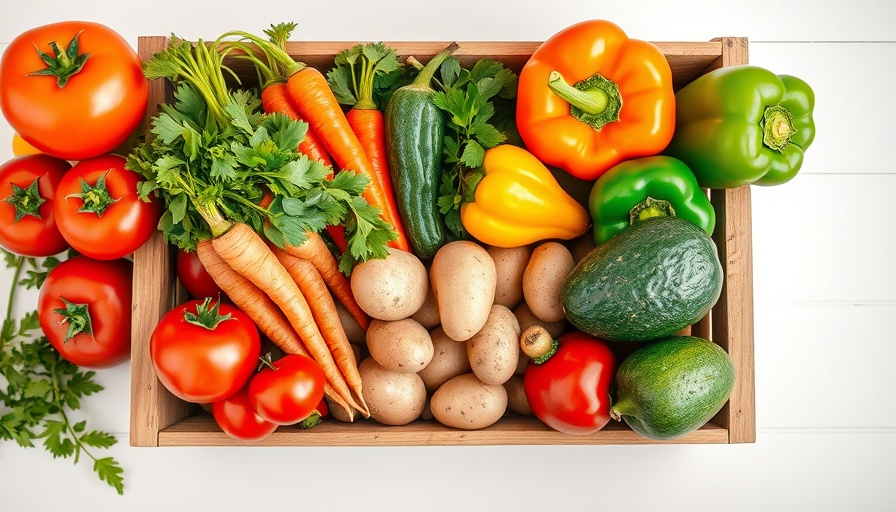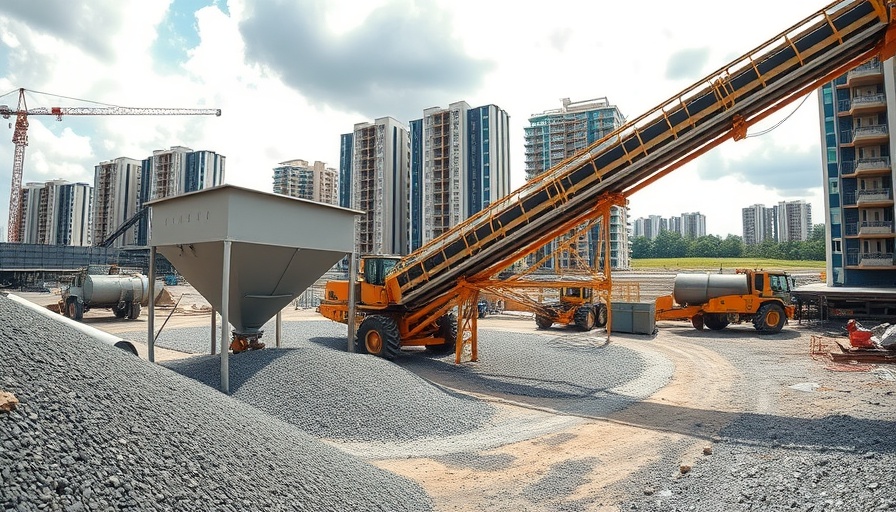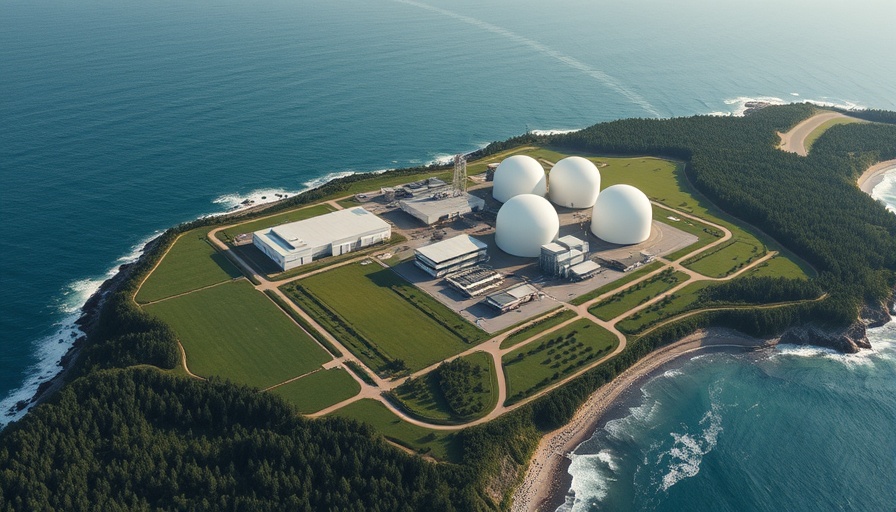
Grow Your Own: Mastering the Art of Vegetable Gardening
With the rise of sustainable living, more young homeowners in London are turning to their backyards for a fresh, green fix. Growing your own vegetables is not just a practical way to access fresh produce; it’s also a delightful hobby that can enrich your home and lifestyle. Whether you have a sprawling garden or a small balcony, cultivating your own vegetables can be more manageable than you think.
Start Simple with Easy-to-Grow Vegetables
Before diving into the deep end of vegetable gardening, consider starting with easier varieties. Among the 50 vegetables listed by John Harrison, there are plenty of delightful, beginner-friendly options. Carrots, lettuce, and tomatoes are favourites that thrive in a variety of conditions and are especially rewarding when harvested.
Why Choose to Grow Your Own Vegetables?
With the ongoing shift towards sustainability, growing your own vegetables offers unparalleled benefits. Beyond the environmental impact of reducing food miles, homegrown produce tastes better and is devoid of chemicals and pesticides. Every bite of your home-harvested vegetable brings the delicious essence of home. Sustainable Living encourages this practice, inviting you to take ownership of your diet while nurturing your surroundings.
Share the Experience: Gardening as Community
Gardening can be a social endeavour, allowing you to connect with neighbours and friends. The joy of sharing homegrown vegetables can spark conversations about gardening techniques, recipes, and even local gardening clubs. Consider starting community gardening projects with your neighbours in London—these initiatives not only bring fresh produce to your table but also foster connections within your local area.
Technology Meets Gardening: Smart Solutions for the Modern Gardener
Today’s tech-savvy homeowners can benefit from smart gardening tools that enhance vegetable growing. Whether it’s smart sensors that notify you of watering needs or apps that track plant growth, integrating technology into your gardening can simplify the process significantly. These innovations help you maintain a healthy vegetable garden, ensuring you can focus on enjoyment rather than maintenance.
Planning Your Garden: Size Doesn’t Matter
Even if you are living in the heart of London with limited outdoor space, options are abundant. Vertical gardens and container gardening can be effective solutions. You can create a beautiful space that reflects your style while providing fresh ingredients right outside your door. Choose pots with drainage and nutrient-rich soil to give your plants a healthy start.
Inspiring Quote to Propel Your Gardening Journey
As the famous saying goes, “The best time to plant a tree was twenty years ago. The second best time is now.” This applies just as much to growing vegetables. Every effort you make now will pay off in future harvests—making each meal more special as you share and enjoy what you’ve grown.
So why not dig into the engaging journey of growing your own vegetables? It’s time to experience the joy of cultivating your garden and embracing sustainable living. Every seed sown is a step towards a greener future—not only for your home but also for your community. Dive in and explore how you can transform your space into a flourishing vegetable oasis.
 Add Row
Add Row  Add
Add 




Write A Comment